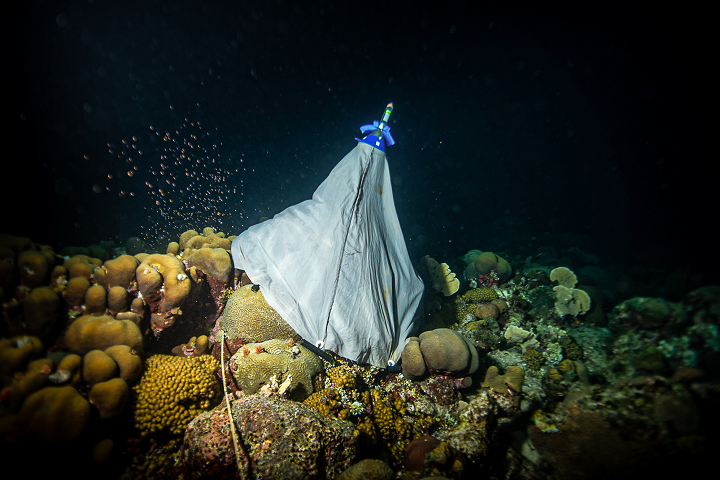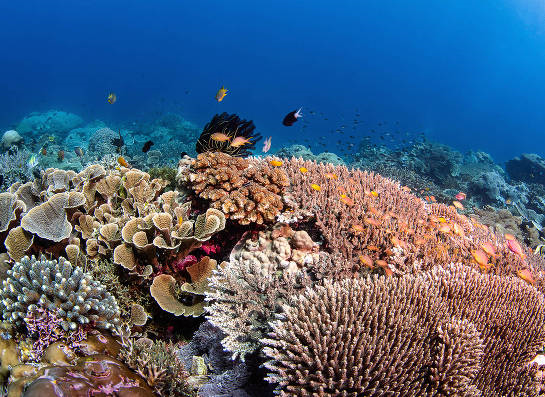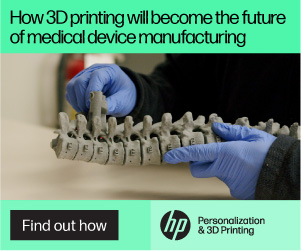I’m always glad to hear about 3D printing being used to do good in the world, and it seems to be happening more and more. One particular application is preserving and restoring coral reefs, which are very large, biodiverse underwater ecosystems that protect coastlines from erosion and storms. Global nonprofit SECORE International, which is dedicated to global coral reef restoration, worked with Protolabs to use 3D printing for its mission and received the company’s Cool Idea Award for its work.
According to the National Oceanic and Atmospheric Administration, over half a billion people in 2019 relied on coral reefs for protection, food, and income, and I’m certain that number has only gone up. But unfortunately, these organisms are in grave danger due to the effects of climate change, including bleaching as a result of rising water temperatures. Bleaching, which occurs when algae are extracted from the coral because of stress, majorly reduces coral reef populations and makes it hard for coral reefs to naturally reproduce on their own.
“The coral reef crisis is imminent. The Great Barrier Reef; it was huge and now it’s half gone, which is quite a disaster,” explained Dr. Carin Jantzen, Communications Director for SECORE International. “The global [coral] bleaching events are induced by climate change and rising sea water temperature. We have a responsibility because it’s our doing that caused climate change.”
Rather than using 3D printing to create artificial coral reefs, SECORE used the technology this time to develop innovative tools to help with coral reproduction and collection while partners take on the work of restoration. Now, spawning and fertilization happen with or without human help, but organizations like SECORE have figured out a way to make it more efficient.
During the yearly coral reef spawning event, coral reef gametes are collected by divers, who put mesh-like tent structures over the coral and use a funnel to direct the gametes into a vial; then, they’re taken to a lab and fertilized. Unfortunately, these collection nets aren’t the easiest to handle, and the divers only have one chance to get it right.
Jantzen explained, “It’s only one night or so a year, so it’s a very rare moment.”
To help improve the collection of the coral gametes, SECORE reached out to Protolabs for help developing a better funnel attachment for the nets. The rapid prototyping and on-demand manufacturing company used SLS technology to 3D print a collapsible collection funnel out of the thermoplastic TPU-70A, an elastic material with high chemical resistance and abrasion.
This funnel was more economically suited for 3D printing than injection molding due to the amount needed. On top of those cost savings, SECORE also received the Cool Idea Award.
“Ready to move beyond prototyping and launch your product to market? Our Cool Idea Award grant was created to do just that,” Protolabs wrote. “We want to partner with people and companies that have inventive, game-changing ideas for new products, and help push those product across the finish line with manufacturing grants and promotional support.”

This funnel device, built by Protolabs, helps collect coral gametes to assist in reproduction and restoration of coral reefs. Image: Protolabs
Each diver collecting the gametes can carry up to five nets, and the more divers working, the more embryos are fertilized in the controlled environment of a lab and developed into larvae. Then, these coral babies are added to floating pools in coral reefs, referred to as “coral kindergartens” by Jantzen, and allowed to flourish safely.
“It’s really hard to be a baby coral. When they’re babies, they’re very tiny; fragile and sensitive. This is kind of a bottleneck for us because there are many things that need to happen at the right time with the right circumstances to let them grow. We’re improving this process and becoming more efficient so we can have more success in raising the baby corals to let them survive and flourish,” Jantzen said.
“The bigger you are, the higher your chance to survive. The coral babies need to grow as fast as they can.”

Collecting some of the released spawn with special nets: the positively buoyant egg and sperm bundles drift to the sample vial on top of the net and are harvested by divers. SECORE photo by Paul Selvaggio
Once they’re ready, the coral babies are placed into existing reefs and left to grow up independently. With any luck, they will mature into healthy adult coral.
“Without the service Protolabs provided, SECORE would not have been able to test the concept of this design, nor be able to consider what our next steps should be as we look to iterate on this design and continue to improve it. We are incredibly grateful for the award and for the availability of custom fabrication to test and hone our design as we look at new potential improvements to assist coral reef restoration,” SECORE lead engineer Miles McGonigle said.

A diver places an object that holds coral larvae onto an existing coral bed. Photo courtesy of SECORE International
(Source: Protolabs)
Subscribe to Our Email Newsletter
Stay up-to-date on all the latest news from the 3D printing industry and receive information and offers from third party vendors.
You May Also Like
Air Force Awards Fortius Metals $1.25M to Qualify 3D Printing Wire for Hypersonic Applications
AFWERX, part of the US Air Force Research Laboratory (AFRL), awarded a Direct-to-Phase II Small Business Innovation Research (SBIR) contract worth $1.25 million to Colorado’s Fortius Metals, to accelerate qualification...
US Air Force Awards JuggerBot $4M for Large-format Hybrid 3D Printing
Large-format 3D printer manufacturer JuggerBot has received a $4 million grant to develop a large format 3D printer, courtesy of the Under Secretary of Defense, Research and Engineering Manufacturing Technology...
Where Have All AM’s Unicorns Gone?
In the rapidly evolving world of 3D printing, startups valued at over a billion dollars, known as unicorns, once seemed as fantastical as the mythical creatures themselves. While a few...
How My Childhood Fascination with Planes Led to Investing in 3D Printing
My fascination with aerospace started young, and I started studying planes–identifying them in the sky and learning everything I could about how they work. Fast forward to my first week...
































